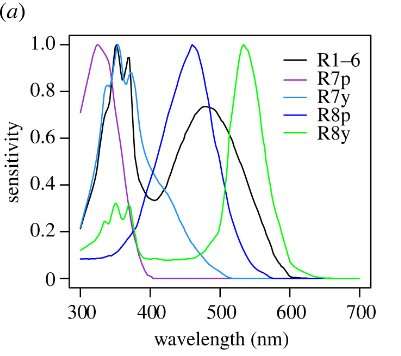June 29, 2023 report
This article has been reviewed according to Science X's editorial process and policies. Editors have highlighted the following attributes while ensuring the content's credibility:
fact-checked
peer-reviewed publication
trusted source
proofread
Artificial neural network study explains why biting flies are attracted to blue objects

A small international team of life scientists has discovered why biting flies are attracted to things that are blue. In their study, reported in Proceedings of the Royal Society B, the group used an artificial neural network (ANN) to mimic the processing of a biting fly brain to explain their affinity for blue coloration.
Some theories have suggested flies associate blue with shady areas or bodies of water. Others have suggested that the fly brains associate the color blue with animals they might like to bite to suck out blood, similar to mosquitoes. In this new effort, the researchers took a new approach—using an ANN to mimic the thought process of a biting fly to see what it might be thinking when it spies something blue.
The ANN processes visual information in a way similar to that of the fly brain. As part of the development, the ANN was trained to understand the differences between objects, such as animals and leaves, and to discern shaded areas from those that are sunny. Information sent to the ANN was designed to simulate the types sent from photoreceptors found in biting fly eyes. Next, the ANN was asked to classify fly traps based on what it had been taught.
The ANN revealed that the flies were almost certainly not mistaking blue objects for shady or water areas. But the ANN did have trouble telling the difference between blue objects and animals. This suggested that an inability to distinguish between animals and blue objects is the reason for the attraction to blue objects by flies. The researchers also point out that prior research has found that most biting flies caught in blue traps have empty bellies, strongly suggesting they found their way there while looking for food.
More information: Roger D. Santer et al, Why are biting flies attracted to blue objects?, Proceedings of the Royal Society B: Biological Sciences (2023). DOI: 10.1098/rspb.2023.0463
Journal information: Proceedings of the Royal Society B
© 2023 Science X Network





















